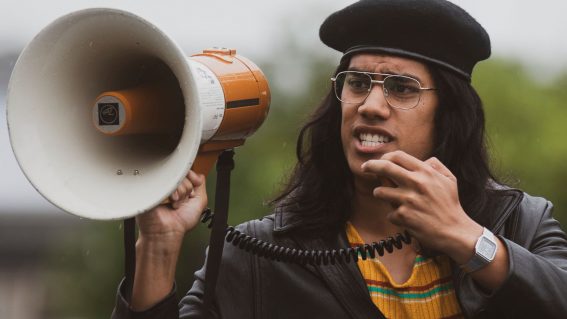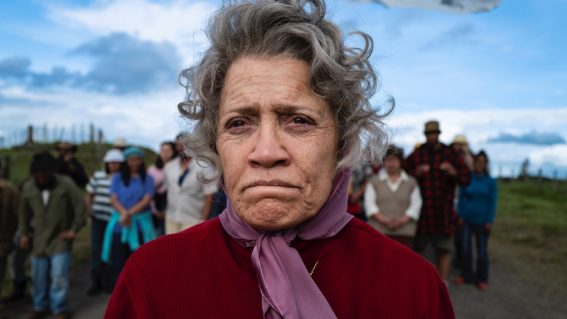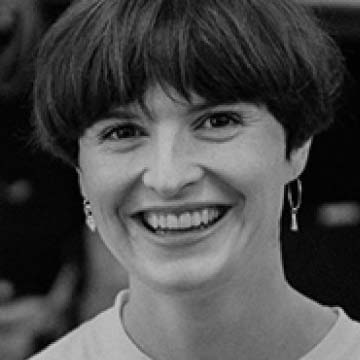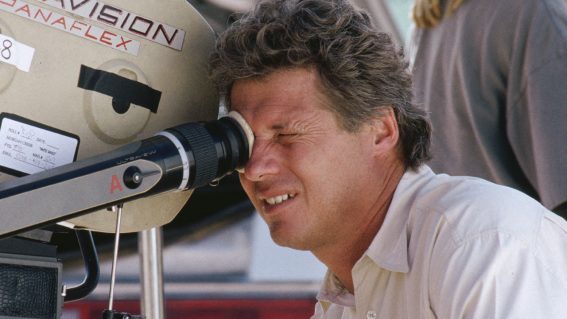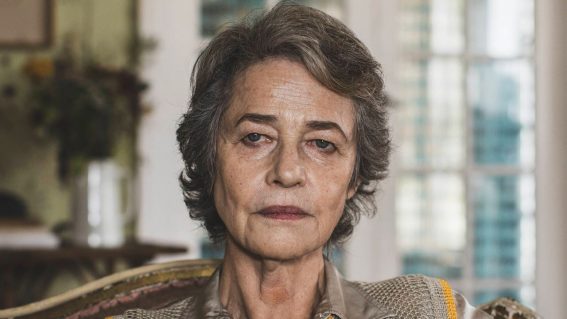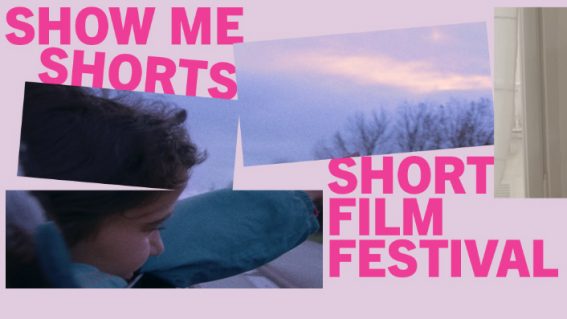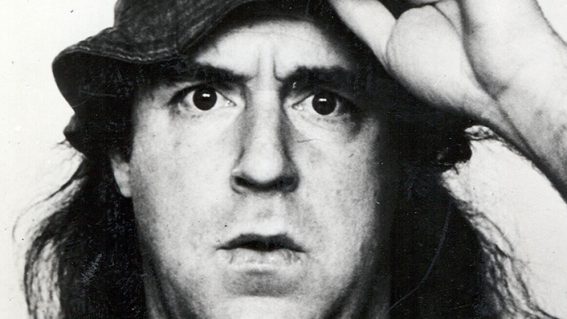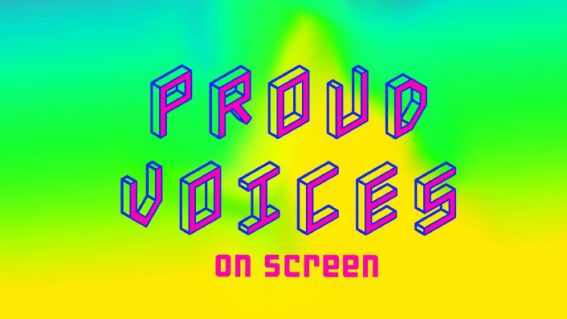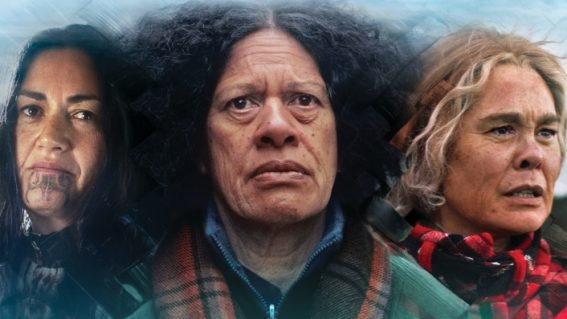A film firearms pro assesses Utu’s quad shotgun
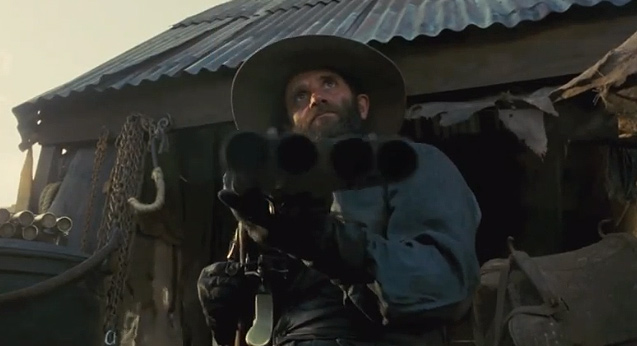
We’ve wondered for a while whether Bruno Lawrence’s awesome quadruple-barreled shotgun in Utu would actually be a functional firearm. Who better to ask than an armourer who professionally puts guns onscreen? We asked Brendon Durey, whose most recent firearms-heavy shoot was the forthcoming Guns Akimbo to share his professional insights about that beast of a shotgun – and explain a bit about what his job entails.
FLICKS: For those people that don’t know, what is an armourer? What do you actually do?
BRENDON DUREY: Well, I’m a special effects advisor and an armourer. My company, Film Effects Co. Limited, does mechanical, physical special effects for film and television, which includes pyrotechnics, hydraulics, pneumatic rigs, flying, a lot of atmospherics, rain, wind, snow, and also we’ve got a film and TV armoury and manage armoury. But armoury in a theatrical sense, or a film and television sense, is managing the use of firearms in a theatrical environment. And that can include stage, film, or television.
How did you get involved in that? It’s obviously a really specialized niche.
Mainly nepotism [laughs]. My father did special effects and we sort of segued into the armoury because at that time, there wasn’t really anyone reliably doing it. And some of the TV shows we were doing special effects for demanded and needed armoury and we were already managing essentially a lot of the hazardous aspects of filming. New Zealand’s quite a small industry, whereas in a lot of the larger film industries, armoury’s a whole sort of separate item. Here, it’s convenient for us to bring that into our sphere, which can help reduce the overhead for our clients by having people who can do multiple jobs under the same banner.
It’s changing. CGI and the need for speed changed a lot of business models in media, and ours, too. A lot of the actual firing of guns now is done in post-production. It’s come a long way and sometimes, particularly in a quick turnaround TV environment, it’s expedient to do it in post-production because you don’t have to take the time to manage the risks associated with firing blanks.
Now I would imagine, and I think we can probably leave it to the reader’s imagination, too, that the systems and protocols around the use of actually firing blanks are very defined and that safety is paramount. Is it still fun, at the same time, for you to work on that stuff?
Well, I think it is. I think you’ve got to have a very strong process-driven approach to it. We have got a process which is written down, which gets disseminated to a production, that everyone follows like clockwork. And as long as you’re following a really strong process that you trust, it can make it fun. I think, also, actors really find that firing real blanks can really aid performance. Sometimes you can’t fake the experience of something effectively exploding in your hands every time you pull the trigger.
I keep going back seeing squib work on set, and it had the same effect on the crew. Everyone was really diligent about their work, but when the shot was completed they were running to the monitors, the excitement level was through the roof.
You know, there’s a certain excitement with in-camera effects, whether it’s blanks or bullet hits, which you can’t sort of really capture in a post-production scene. And it does bring a little bit of excitement to the day. People are sometimes quite fascinated with firearms, particularly in New Zealand where it’s quite well-regulated, I think, and people really often don’t have the experience of sort of more military-style firearms outside your A-category hunting firearms.

With that in mind, what’s it like with directors who, themselves, probably don’t have a huge amount of firearms experience?
Well, a lot of it varies. With Guns Akimbo, which we were working on recently, the director Jason Lei Howden was fantastic to work with and really collaborative, and had a very clear idea of what firearms he liked and he wanted. He’d done research. He wanted very sort of iconic firearms, and so we bought some, we rented some, and we already had a bunch of them ourselves. And so we just go through and figure out how we manage it, what firearms he wants some. And some of them you can fire, some of them you can’t, and we just developed a methodology based around a wish list he had. You have to make some compromises, but effectively, a lot of it depends on the director’s decision, or also, you really look at the circumstances. A cop in New Zealand, for instance, is likely to be carrying a Glock, so you’d go down that road. And there’s certain weapon norms that people have.
Does a director want to hear practical considerations in terms of how a weapon would perform in a certain scenario? Obviously, you’re there to facilitate their broader vision, but is there an advisory component to your role, as well?
Yeah, absolutely. They’ll want the armourer to work with the actor. We generally do gun training with the actors where they actually go and fire the weapons with blanks so they can get familiar with the use of it. An example would be if an actor’s playing a cold-blooded assassin killer, when you’ve got them shooting a gun, you want them to look like they’re very comfortable with that and not terrified of firing it for character purposes.
So you have familiarisation, which you go through with the firearms, and then also there’s a scenario where they’ll ask, “How would a cop hold a gun in this scenario? What is the process? What is the way that they would hold it in this situation in terms of firearm usage?” And you’ll give them what a cop would do, and then sometimes they’ll go, “No, I don’t think it looks cool enough. Can we have him hold it this unnatural way?” You go, “Sure.” It all comes down to preference. We’re not here to make documentaries. It’s more a stylized and entertainment style situation, so yeah, you just tailor the gun usage to that.
Looking at ‘Utu’, and how the filmmakers developed a weapon specific to that film with the quadruple-barreled shotgun, which I presume they didn’t just pick up off the shelves, do you have a feeling of how that process worked?
Yeah, sure. I mean, we’ve done it occasionally. Generally, when you’re doing something new or different, you’ve got two options. You either modify or build it from elements to an existing gun and use that, which is what happened in Utu, they effectively took two double-barreled, old-style hammered shotguns and basically attached them together. And they put a firing rig in there which you could either fire all four at once or pull the triggers individually. So that was done, and it was a nice little rig that they made, which someone in that era could have fabricated up themselves.
Whereas in a more sort of a sci-fi, futuristic scenario, you’ve either got the choice of building onto and modifying a real gun, which would need to be done by a gunsmith or an engineer with skill, or you’re effectively making a prop gun, which would be fabricated by an engineer or a prop maker, and then you’d use the pyrotechnic to simulate the gun firing.
Would you want to fire a four-barrel shotgun in one go? And what would it be like for the person wielding that weapon to let off all four barrels at once?
Oh, look, it’ll have a lot of kick. When we’re looking at that footage of Bruno Lawrence, he was showing up the kick of each individual shot. They wouldn’t kick that much, but the big one would kick a fair amount. But what you can do in the film industry scenes is you can have your blanks pared down with a half load or even a quarter load so you’d still get the flashing and smoke, but you get a much-reduced kickback and noise which, then, the actor would just fake. And often, that kind of exaggerated recoil is more of a direction than necessarily some effect that the gun had to have to use correctly.
From a practical point of view, is there any sort of artistic license with just bolting a couple of shotguns together and firing off all four barrels at once? Is it a practical firearm?
Yeah, that was a practical firearm that they put together. It is so much cheaper to use a practical firearm in these scenes than it is to try and make a prop one. Just the time for the prop maker and all that. Practical firearms, particularly in a hunting style A-category like that are dirt cheap because of the benefits of mass-production as opposed to having a guy make a one-off item. The cost of each is quite significant, so often the most expensive part about armoury is actually making the soft fake ones molded off the real guns for stunt and actor action because the soft and the fake ones, because of their one-off fabrication nature, are significantly expensive. Just the silicon for the mold of a handgun would cost about the same price as the handgun, if not over, its exaggerated New Zealand price.
Tell me about how Bruno uses his shotgun when he’s shooting a shed to pieces in that scene. How would that weapon function and how exaggerated is that sequence?
Well, I imagine in Bruno’s time, and during Utu, they probably just shot the shotgun at the building [laughs]. They might not have, but that was quite some time ago. Nowadays, we would basically talk to the director and go, “What do you want to see from this?” What I’d probably do is we’d actually get a shotgun and we’d go and shoot something and go, “This is what it would really do. What do you want it to do?” And generally, the director will want it to be exaggerated and cooler. So we would discern what he wants to see and then we would put chargers and maybe cable rigs into the set piece to blow it up in an exaggerated way and pull things over on cue to fix up the effect, if you will.
I imagine that we’re going to see plenty of examples of everything that we’ve talked about today when we finally get to see ‘Guns Akimbo’. I’m really excited about that. How often is it that you get to work on a project like that, which is so firearm-heavy?
It’s strange in the world of effects. You’ve got a huge suite of things you use, whether it’s guns and squibs, and it depends on the context of the project you’re working on. You might not do anything with guns for three years if your company’s employed on, let’s say, a Spartacus or a swords and sandals scenario. And then three years later, everyone’ll go, “Jeez, how do you do squibs again?” You almost forget. But yeah, it’s really hard to guess or gauge, but my company’s been working on Ash vs Evil Dead for the last three years. The last four or five years have been very gun-heavy for us. We’ve just been working on Fresh Eggs, a New Zealand-based TV show, which has a lot of firearms in it, and also another TV show called Straight Forward for Screentime, which also has a lot of firearms in it. So it almost goes in cycles and waves and there’s no rhyme or reason to it.
This story is part of our month-long celebration of 40 years of NZ film. Follow all our daily coverage here.


